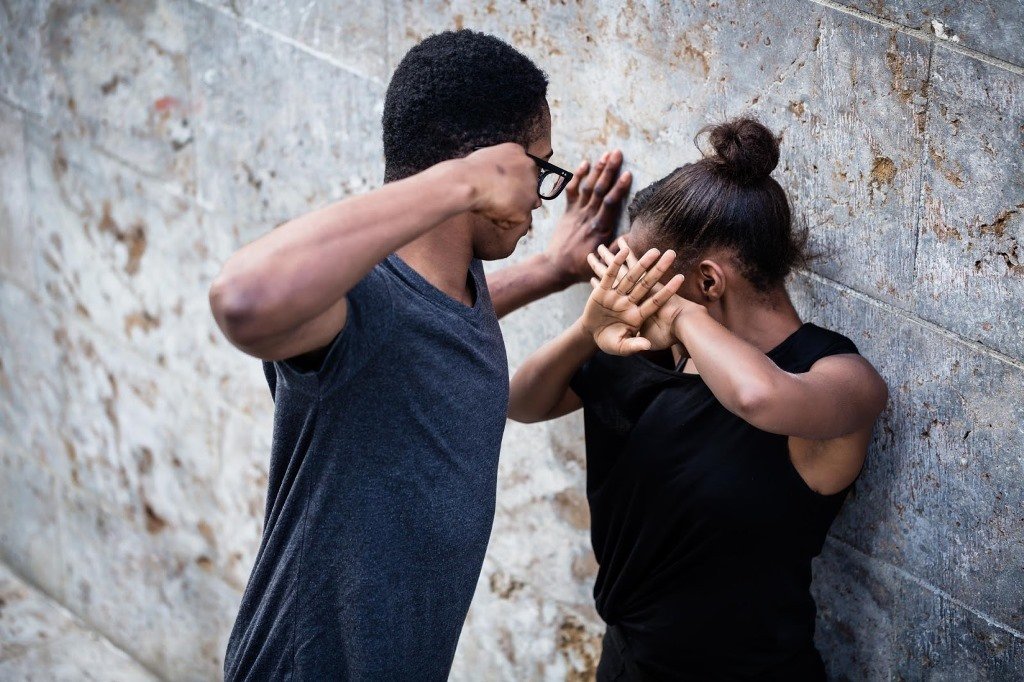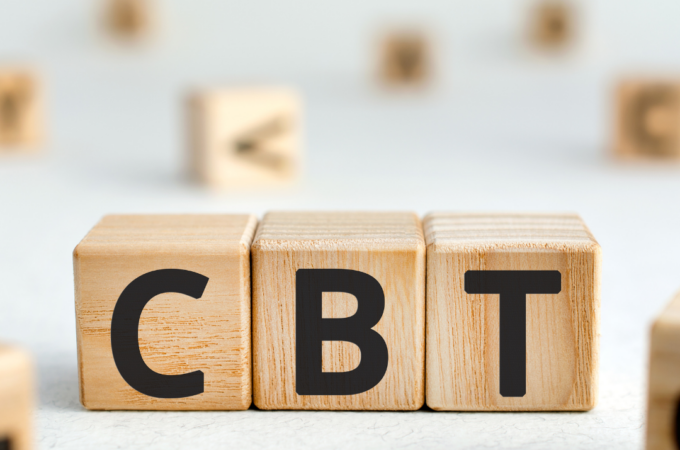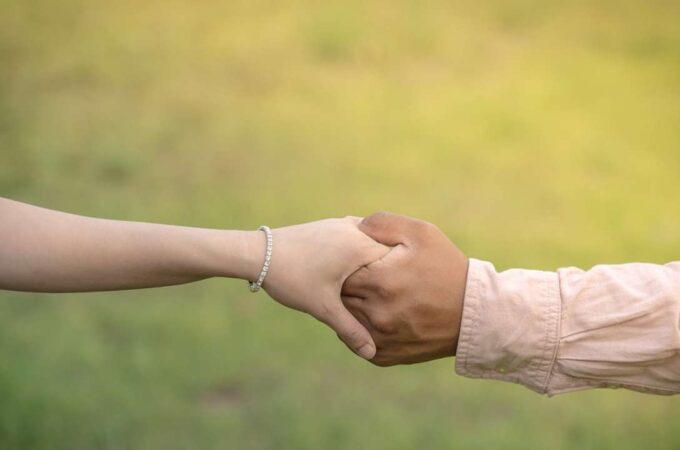
How to Escape an Abusive Relationship
Do you feel you’re trapped in an abusive relationship? Do you want to learn how to leave an abusive relationship?
Those who have experienced being in an abusive relationship know how difficult it is to leave one.
In this guide, we’ll show you how to end an abusive relationship in safety. Read on to learn about the signs that tell you you’re experiencing domestic violence.
1. What Is an Abusive Relationship?
An abusive relationship with a romantic partner falls under domestic abuse. Domestic abuse is an incident or pattern of incidents of manipulative and/or violent behavior. This results in an unhappy and sometimes dangerous relationship between two people.
The range of behavior that encompasses domestic violence includes:
- Physical abuse
- Sexual abuse
- Verbal abuse
- Emotional abuse
- Financial abuse
- Digital abuse
- Reproductive coercion
Note that these behaviors aren’t the only limitations of domestic abuse. You may also see it in other forms such as sexual violence.

2. How Do You Know You’re in an Abusive Relationship?
Why won’t the victim leave the relationship to stop the abuse? If you haven’t been in an abusive relationship, it’s easy to ask this question. It’s easy to think about what the victim couldn’t do if you don’t understand why they can’t do it.
Many abusive relationships begin as a sweet, sincere relationship. Thus, many people won’t see the domestic violence coming until it’s too late. This is why it’s important to keep your eyes open in the early days of a relationship.
- The Behavior of the Abuser
If you spot the behaviors we outlined in your partner, you’re most likely in an abusive relationship. Often, the acts of domestic violence begin in small doses. Over time, they’ll become more comfortable with their actions toward the victim.
You might notice these signs in the thoughts they communicate to you. For example, your partner believes and convinces you about stereotypical gender roles. They also gaslight you or manipulate your actions, thoughts, and words against you.
- The Behavior of the Abused
People who are the victims of domestic abuse show specific characteristics. This includes having low self-esteem, emotional dependency, and faith the abuser will change. Many exhibit depression, stress disorders, and anxiety.
In some cases, the victim of an abusive relationship accepts blame and guilt for the abuse. They stay isolated from society by their abuser or by thinking asking for help won’t benefit them. Some victims will self-harm and even contemplate and attempt suicide.
For many, it’s not easy to accept that they entered an abusive relationship. Thus, they deny that it’s happening and make excuses for the abuser. Some may even defend the abuser.
3. Recognizing the Abuse
The step you need to take before anything is to recognize you’re in an abusive relationship. You likely won’t be leaving an abusive relationship if you didn’t think it was such. This is especially true if the abuser makes you believe you’re happy and content in the relationship.
Take a step back from the relationship and reflect on it. Remember, abuse doesn’t only refer to physical abuse. Abuse can also refer to humiliation, intimidation, and controlling behavior.
Ask yourself questions about your partner’s actions. Do these actions limit you from doing things you must be able to do in a healthy relationship? Does the abuser make excuses for their actions to justify them?
The most important thing after you identify these behaviors is to look at it in black and white. Don’t make excuses for an abuser’s actions.
The next step is to realize that it isn’t your fault.
Abusers are opportunists in that they’ll use your guilt against you. They won’t hesitate to remind you how you deserve the mistreatment. If you are unsure, speak to the law firm of Andrea M. Kolski for counseling and guidance.
4. Preparing to Get Out of an Abusive Relationship
Before you learn how to get out of an abusive relationship, you need to get to the bottom of things.
Ask yourself without judgment why you let the abuse happen. When or how long ago did the abuse begin? What events triggered such actions from you and your partner?
Finding the answers to these questions can make you realize key points about yourself, your partner, and the relationship.
Next, make an effort to address the issues that led to the dysfunctional relationship. Better yet, what underlying issues led to you being in an abusive relationship? Was it because of your childhood, trauma, or the lack of parental figures?

After you realize these things, start to plan for your safety. Get clothes two days’ worth, some money, legal documents, and IDs. Pack them all into an emergency bag for times when you need to leave your abuser at a moment’s notice.
This is very important for victims of abuse, especially if your abuser threatens your safety and life. Hide this bag in a place your abuser won’t know about. If you can, keep it at a neighbor’s trusted friend’s home.
5. How to End an Abusive Relationship
Now, let’s talk about how to end an abusive relationship. The best way for you to get out of one is to disengage. Get away from your abuser, protect your privacy, and alert your family and friends.
Better yet, establish a code word with those who are in the know about your situation. Utter this code word to let them know you’re in danger. This is a code to let them know they need to call the police.
If you got isolated so much that you have no one to talk to about the abuse, talk to the authorities. Most cities have a domestic violence program in the area. Reach out to them for support, counseling, emergency housing, and more.
It’d be smart to protect your privacy as well. Change your passwords and log out of all other devices before you leave. When you leave the abuser, go to a safe place where the abuser won’t find you.
6. Learn to Get Over an Abusive Relationship
The Centers for Disease Control and Prevention (CDC) made a study about the lifetime financial impact of domestic abuse on the victims. According to the CDC, the cost of domestic violence is $103,767 for abused women and $23,414 for men. These costs include medical services, lost work productivity, criminal justice, and more.
Getting all those financial losses and other losses back will take time. Healing will take time. Finding another partner and giving your trust to that person will take time.
Don’t focus on the past too much, but learn to reflect on it. Go to counseling or open up to a psychiatrist. The best way to stay safe from your abuser is to disappear from his or her life without a trace.
Be Free of Abuse
Protect yourself from your abuser. Learn to get away before you the abuser ties you down too well. Reach out to others and call for help.
It’s difficult to get out of an abusive relationship. Neither is it easy to learn how to end an abusive relationship. However, you must muster courage and help yourself get out of it.
If you learned from and liked this post, check out our other guides.




